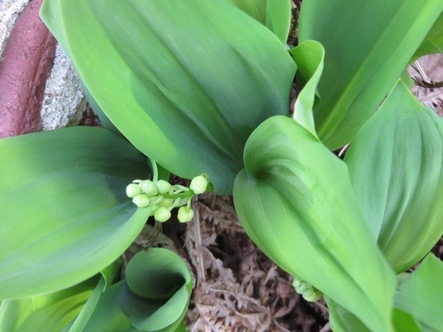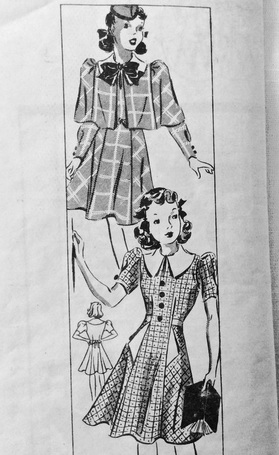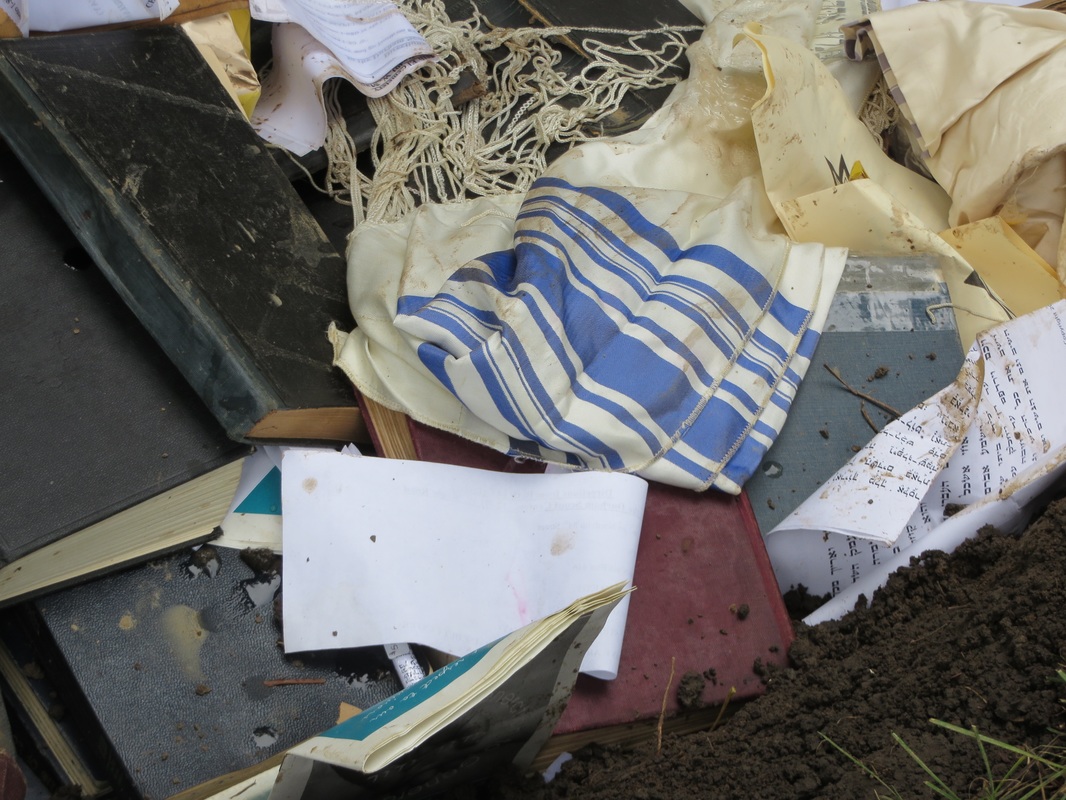Take 1:1 - 2:3
We’re rolling. ACTION!
Cue Lights. Gas. Cosmic clusters.
BIG BANG. That’s a wrap.
Take 2:4 - 2:19
Fast Forward. Man in
Garden. (Voice off): Eat no fruit
lest you be dead meat.
Take 2:20 - 3:21
Enter Eve. Zoom in
on snake, apple, Adam. (Crunch)
WARDROBE! Bring fig leaves.
Take 3:22 - 4:18
Jump cut: two brothers
fight behind gym. Stunt goes south.
Oops. That’s not ketchup.
Take 4:19 - 4:22
Sound track by Jubal
and the Ancestors tops charts
thirty-six weeks straight.
Take 4:23 - 5:24
Hayes Office warns, “All
this begetting will result
in X-rating.” Cool.
Take 5:25 - 6:8
Watch daily rushes.
Aaaargh. Delete, erase, rewind.
TAKE IT FROM THE TOP.
copyright Ozzie Nogg 2016
We’re rolling. ACTION!
Cue Lights. Gas. Cosmic clusters.
BIG BANG. That’s a wrap.
Take 2:4 - 2:19
Fast Forward. Man in
Garden. (Voice off): Eat no fruit
lest you be dead meat.
Take 2:20 - 3:21
Enter Eve. Zoom in
on snake, apple, Adam. (Crunch)
WARDROBE! Bring fig leaves.
Take 3:22 - 4:18
Jump cut: two brothers
fight behind gym. Stunt goes south.
Oops. That’s not ketchup.
Take 4:19 - 4:22
Sound track by Jubal
and the Ancestors tops charts
thirty-six weeks straight.
Take 4:23 - 5:24
Hayes Office warns, “All
this begetting will result
in X-rating.” Cool.
Take 5:25 - 6:8
Watch daily rushes.
Aaaargh. Delete, erase, rewind.
TAKE IT FROM THE TOP.
copyright Ozzie Nogg 2016




 RSS Feed
RSS Feed
